
Nola is a genus of moths described by William Elford Leach in 1815. They are the namesake of the subfamily Nolinae and the family Nolidae. This genus occurs worldwide wherever suitable habitat is present.

Hypena is a genus of moths in the family Erebidae. It was first described by Franz von Paula Schrank in 1802. These non-migratory moths overwinter as pupae and almost never estivate as adults.

Amata is a genus of tiger moths in the family Erebidae. The genus was erected by Johan Christian Fabricius in 1807.

Asura is a genus of moths in the subfamily Arctiinae, and subtribe Nudariina erected by Francis Walker in 1854.
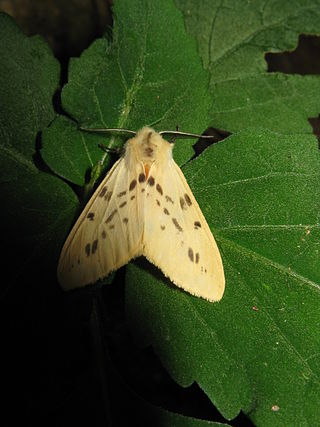
Lemyra is a genus of tiger moths in the family Erebidae. The genus contains many species from East and South Asia, Sundaland and Australia. It was described by Francis Walker in 1856.

Lymantria is a genus of tussock moths in the family Erebidae. They are widely distributed throughout Europe, Japan, India, Sri Lanka, Myanmar, Java, and Celebes. The genus was erected by Jacob Hübner in 1819.
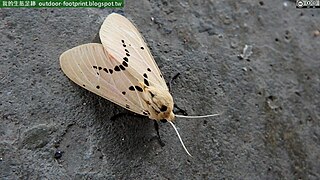
Spilarctia is a genus of moths in the family Erebidae. The genus was erected by Arthur Gardiner Butler in 1875.

Spilosoma is a genus of moths in the family Erebidae originally described by John Curtis in 1825. A very heterogeneous group, it is in need of review by the scientific community, as certain species probably need reclassification into their own genera.

Corgatha is a genus of moths of the family Erebidae erected by Francis Walker in 1859.
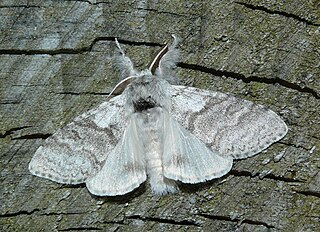
Calliteara is a genus of tussock moths in the family Erebidae. The genus was erected by Arthur Gardiner Butler in 1881.

Euproctis is a genus of tussock moths in the family Erebidae described by Jacob Hübner in 1819. Species are cosmopolitan, widespread throughout Palearctic, African, Oriental and Australian regions. Molecular phylogenetic studies indicate that the genus as presently understood comprises a large number of unrelated lineages, only a few of which have names, and is therefore in serious need of revision.

Phalera is a genus of moths of the family Notodontidae.
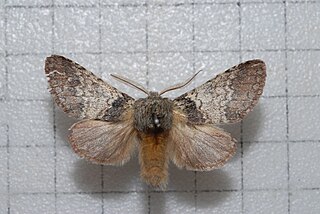
Pseudofentonia is a genus of moths of the family Notodontidae erected by Embrik Strand in 1912.
Syntypistis hercules is a species of moth of the family Notodontidae first described by Alexander Schintlmeister in 1997. It is found in China (Sichuan) and Vietnam.
Syntypistis defector is a species of moth of the family Notodontidae first described by Alexander Schintlmeister in 1997. It is found in China (Yunnan) and Vietnam.

Stauropus is a genus of moths of the family Notodontidae first described by Ernst Friedrich Germar in 1812.
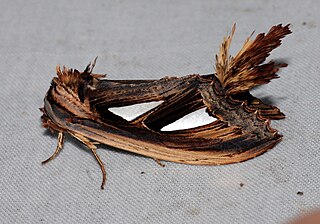
Tarsolepis is a genus of moths in the family Notodontidae erected by Arthur Gardiner Butler in 1872.
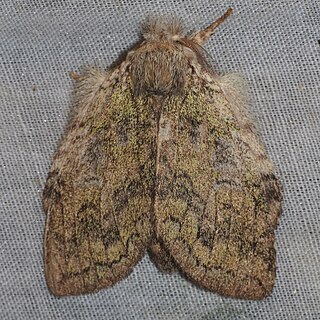
Parasinga is a genus of moths in the family Notodontidae described by Sergius G. Kiriakoff in 1967.
















